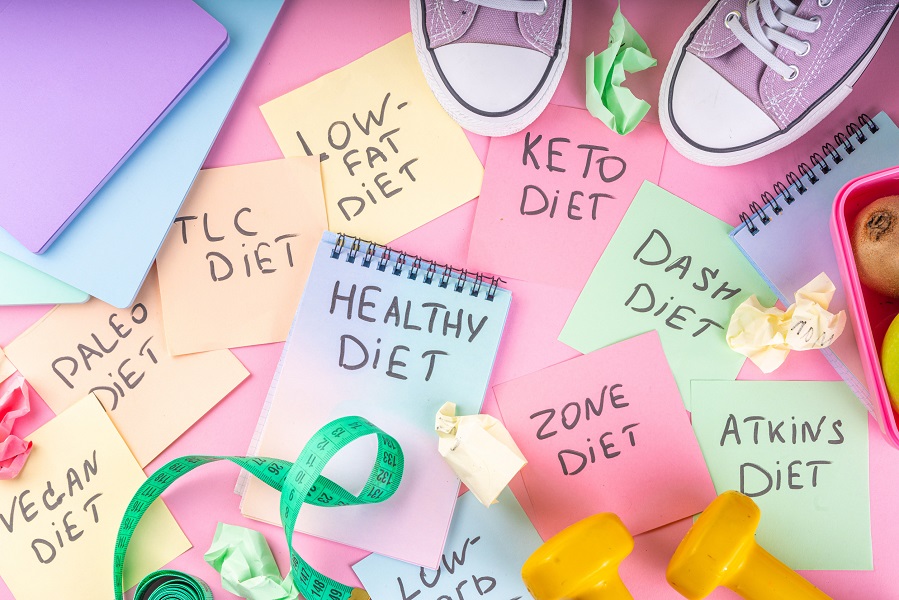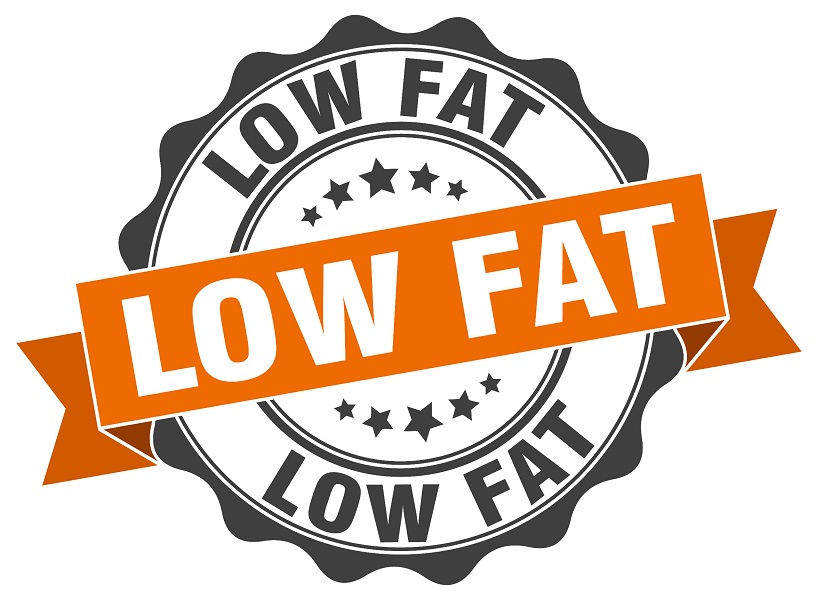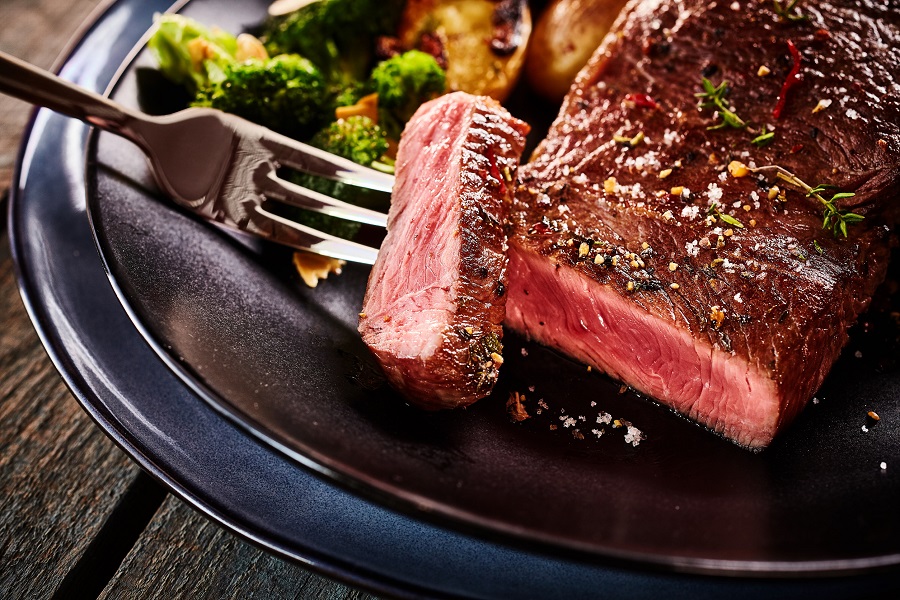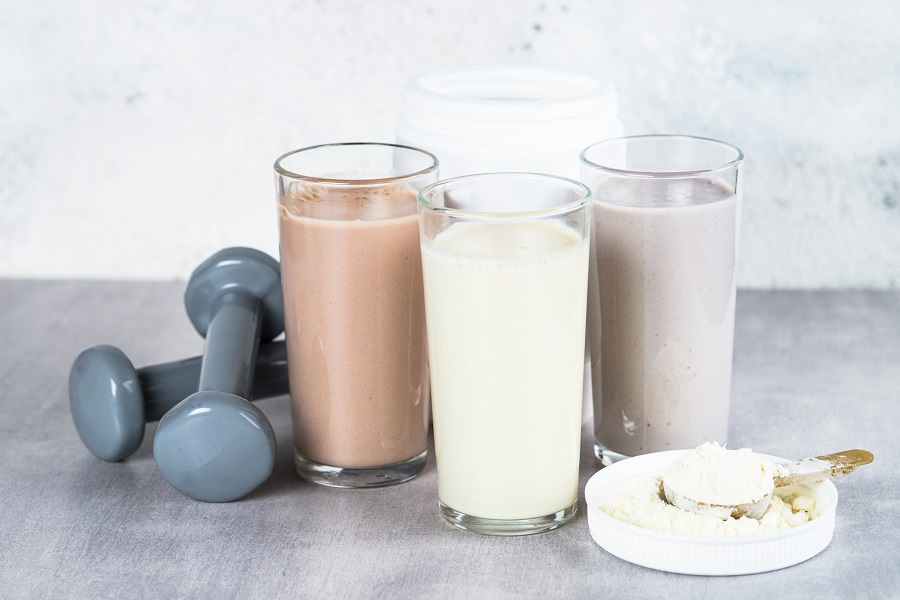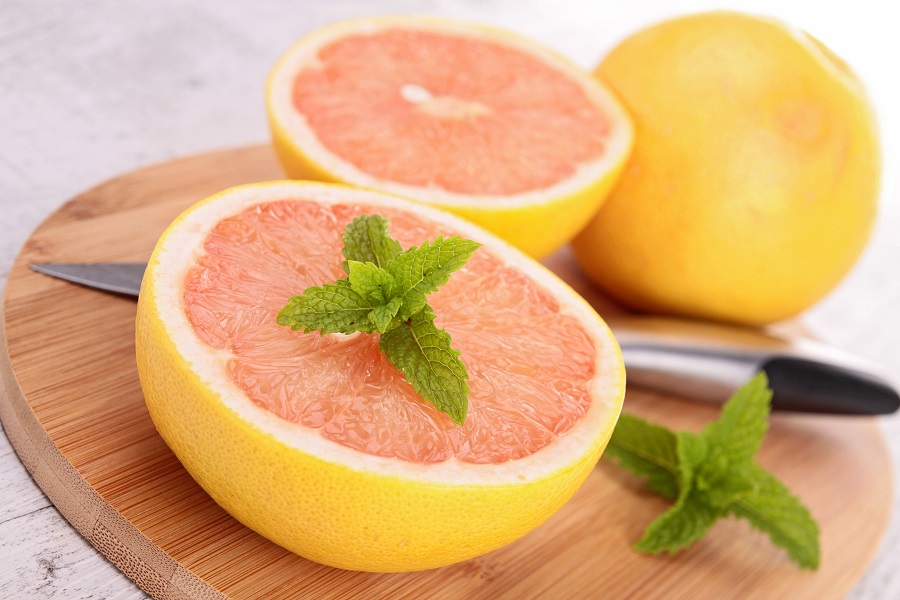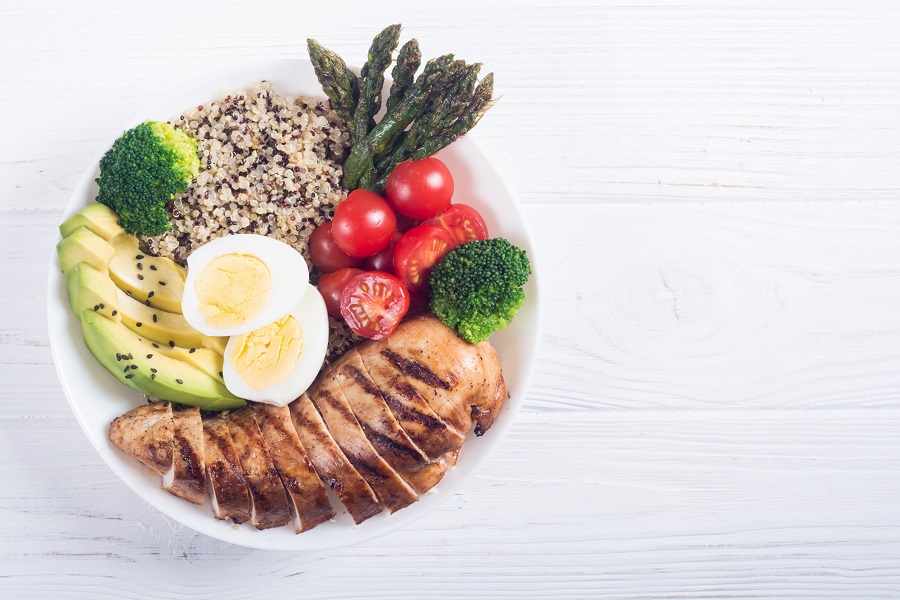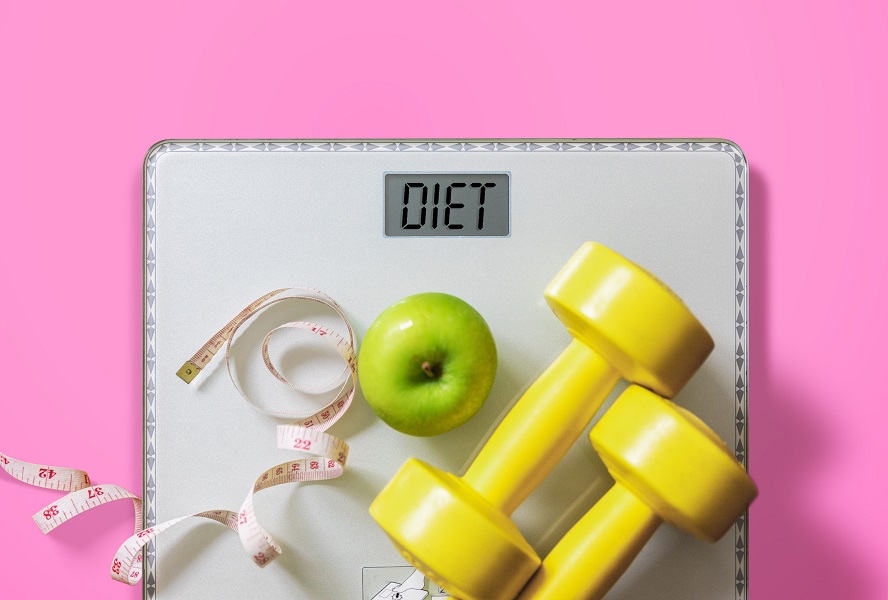The early 2000s were a time full of a variety of diet fads and fitness trends that promised quick fixes and miraculous results. Many of these trends were prominently promoted to the public by physicians, the federal government, the food industry, and the popular health media. However, in the intervening years, many of these fads have been debunked or cautioned against by health experts. Here’s a look at nine of the most popular trends of the time and why they are advised against today:
1 – Low-Fat Diets
In the early 2000s, the low-fat diet was the gold standard for heart health and weight control. The idea was that if you lowered the amount of fat in your diet, you would reduce the amount of fat in your body, leading to a healthier life. Unfortunately, many people following the diet end up gaining weight by consuming low-fat, high-carbohydrate foods believing they could eat as much as they wanted as long as it was low or no fat. Health experts now recommend incorporating healthy fats, such as avocados, nuts, and olive oil, into your diet to maintain balanced nutrition.
2 – The Atkins Diet
The Atkins Diet, initially developed in the 1960s by heart specialist Robert C. Atkins, gained popularity in the early 2000s for its promise of rapid weight loss. This diet promotes high protein and fat intake with very low carbohydrates. A popular line of food products was developed focusing on these principles, which can still be found in many grocery stores today. However, nutritionists caution that such extreme carb restriction can lead to nutrient deficiencies and potential heart issues. A more balanced dieting approach is recommended.
3 – Meal Replacement Shakes
Meal replacement shakes were originally designed for medical purposes, mainly to help patients who were unable to consume solid foods. However, they rose to prominence as a diet fad in the early 2000s due to their convenience. These shakes gave people more control over the amount they consumed throughout the day, making it easy to calculate calories and other dietary benchmarks. Unfortunately, these shakes often lack essential nutrients found in whole foods, including fiber, vitamins, and minerals. Today, experts suggest using them sparingly alongside a diet of whole foods.
4 – Detox Teas
Detox teas have been around in various cultures for generations, but the early 2000s saw them widely marketed for weight loss and detoxification. Touted for their ability to cleanse the body, these teas often contain laxatives, which can lead to dehydration and disturb the body’s natural digestion process. Many of the products being marketed aren’t Food and Drug Administration (FDA) approved and may even be harmful. Proper hydration and a balanced diet are more effective for detoxification.
5 – The Grapefruit Diet
The grapefruit diet, also known as the eighteen-day diet, is an old idea in new packaging. This diet claimed that grapefruit could burn fat, leading to rapid weight loss, but there was no scientific backing to the claim. Nutritionists now know that the grapefruit diet is deficient in calories and far too restrictive to be considered healthy long-term. Experts emphasize that no single food can dramatically alter metabolism or fat burning and that a diverse diet is key to weight management.
6 – Waist Trainers
Waist trainers became a decade-defining trend in the early 2000s as tiny-waisted celebrities touted their effects with statements and images on social media. The idea was to mold your body into a shape of your liking by restricting excess fat within waistbands, much like using a retainer to align your teeth. Experts have now found that these garments can cause health issues, including breathing difficulties, misaligned organs, and potential internal damage. Strength training and a healthy diet are safer methods to shape and tone the body.
7 – Thigh Gap Challenge
This social media trend began in the early 2000s and quickly spread after the Victoria’s Secret Fashion Show of December 2012, which featured several models with noticeable thigh gaps. This diet fad promotes an unrealistic body ideal and encourages unhealthy dieting to achieve a gap between the thighs. Various social networks acquired various accounts and hashtags dedicated to showing off thigh gaps, which led some people to undertake extreme dieting and exercise routines. Experts say that it is more important to focus on overall health and fitness rather than specific body shapes, which are largely determined by genetics.
8 – The Zone Diet
The Zone Diet was among anti-inflammatory diet fads created by Barry Sears, a biochemist. Its main component is an eating plan that focuses on having the right combination of carbohydrates, proteins, and fat for every meal and snack. The caloric recommendations are about 40% carbohydrate, 30% protein, and 30% fat. By dictating precise macronutrient ratios, it’s been found overly restrictive and complicated for sustainable, long-term health and weight management. Experts recommend a more flexible approach to nutrition that allows for individual preferences and needs.
9 – Vibrating Belts
Vibrating belts work by causing your muscles to contract and relax rapidly, which was believed to tone and slim the waist without exercise. This made them a popular weight loss fad for busy professionals and homemakers with a lot of demands on their time. Since then, these belts have been debunked as ineffective for losing weight or toning muscles. Traditional exercises, like walking, running, or weight lifting, and a nutritious diet are the only proven methods for achieving fitness goals.
Why You Should Avoid Trendy Diet Fads
Each of these fads highlights the allure of quick fixes in diet and fitness. However, experts consistently warn against such trends, advocating instead for balanced nutrition and regular physical activity tailored to individual health needs and goals. Balanced diets and regular, varied exercise are the best approach to health and fitness.

Toi Williams began her writing career in 2003 as a copywriter and editor and has authored hundreds of articles on numerous topics for a wide variety of companies. During her professional experience in the fields of Finance, Real Estate, and Law, she has obtained a broad understanding of these industries and brings this knowledge to her work as a writer.
